Ford took a long time to find a proper replacement for the Korean-built Festiva, but it finally struck gold in 2004 when it unearthed the European Fiesta.
The Kia-built Festiva had been a winner for the blue oval, as had the Laser before that, but the company stumbled at the first attempt to find a suitable Festiva replacement when the quirky Ka proved a dismal failure in this market. When small car buyers went looking for a car to replace their Festivas what they found was the odd looking Ka and they quickly realised it wasn't for them.
In effect Ford abandoned the traditional small car market when it pitched the Ka at funky young females hoping they would think it cute. Traditional small car buyers also baulked when they found the Ka was only available as a three-door hatch and they couldn't get it with an auto transmission.
The arrival of the Fiesta was a relief to all concerned, probably including Ford's management who must have been relieved to see the end of the Ka experiment.
MODEL WATCH
The Fiesta was a return to the mainstream for Ford after the Ka experiment. Whereas the Ka only came as a funky three-door hatch the Fiesta was a more conventionally styled model and buyers could choose between three-door and five-door hatch body styles. They also had the choice of three models, in the form of the LX, Zetec and Ghia.
The LX was the price leader, which missed out on air-conditioning. For that you needed to spend an extra couple of grand. What you did get was remote central locking, power windows and mirrors, immobiliser, leather steering wheel and a four-speaker CD sound system.
In the middle of the range was the Zetec, a three-door hatch with the promise of a more sporty drive. Those who chose to spend the extra for the Zetec got air, alloy wheels, and fog lamps in addition to the gear that came with the LX.
Perched atop the range was the luxury Ghia five-door hatch, which came with a six-stacker CD sound system and the option of extra safety gear. There was just the single engine available and that was a 1.6-litre four-cylinder with double overhead camshafts and sequential fuel injection. At its twin peaks it was outputting 74 kW at 6000 revs and 146 Nm at 4000 revs, enough to endow the Fiesta with quite a bit of zip.
The transmission choices consisted of a five-speed manual and four-speed auto, and the final drive was through the front wheels. The brakes were disc front and rear, the suspension was independent with a typically Ford of Europe sporty feel, and the steering was by power-assisted rack-and-pinion.
IN THE SHOP
Owners of the Fiesta appear to be generally satisfied with their cars; very few complaints have been received here at CarsGuide. If there's a consistent complaint it's about brake wear, but that's a common grizzle with most European cars, not something peculiar to the small Ford. Make the usual checks for dodgy crash repairs and a service record.
ON THE ROAD
The Fiesta was a revelation after the Ka; it was great to drive with a punchy engine, nippy performance, and very good ride and handling. On top of that it looked good, had a bright and breezy interior, and was easy on the pocket when it came to those compulsory stops for fuel. If there was a criticism it was that the seats lacked support, but that was about it.
IN A CRASH
All models were equipped with dual-stage airbags for the driver and front passenger, as well as seat belt pretensioners. ABS and EBD braking was standard on all models, except the base LX manual hatch. ANCAP rated the WP Fiesta at four stars.
AT THE PUMP
Road testers at the time reported 7.5-8.0 L/100 km on average. Ford's official claim was 6.6 L/100 km.
LOOK FOR
- Attractive looks
- Punchy engine
- Good economy
- Nippy handing.
THE BOTTOM LINE
A great little car that was a delight to drive.
RATING
80/100
Ford Fiesta 2004: Ghia
| Engine Type | Inline 4, 1.6L |
|---|---|
| Fuel Type | Premium Unleaded Petrol |
| Fuel Efficiency | 7.5L/100km (combined) |
| Seating | 5 |
| Price From | $2,310 - $3,630 |
Pricing Guides



.jpg)

.jpg)












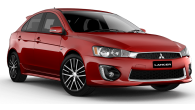






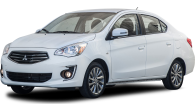






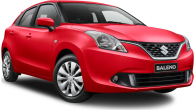





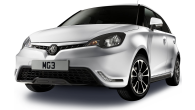


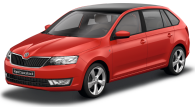

.jpg)

